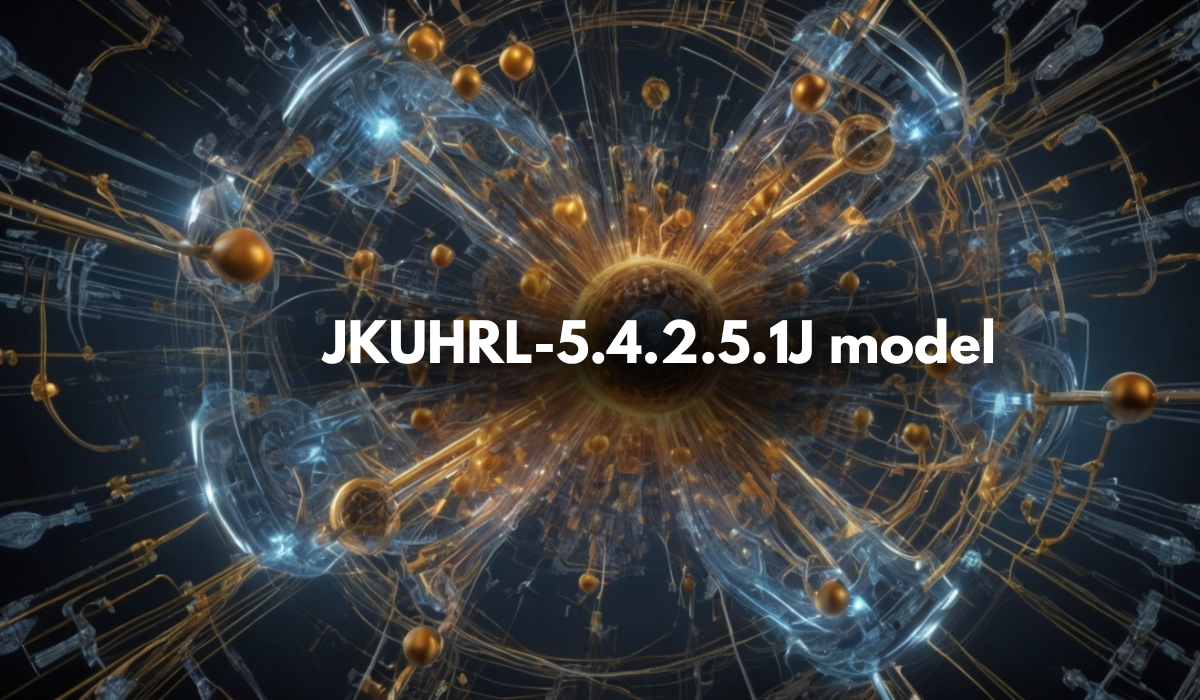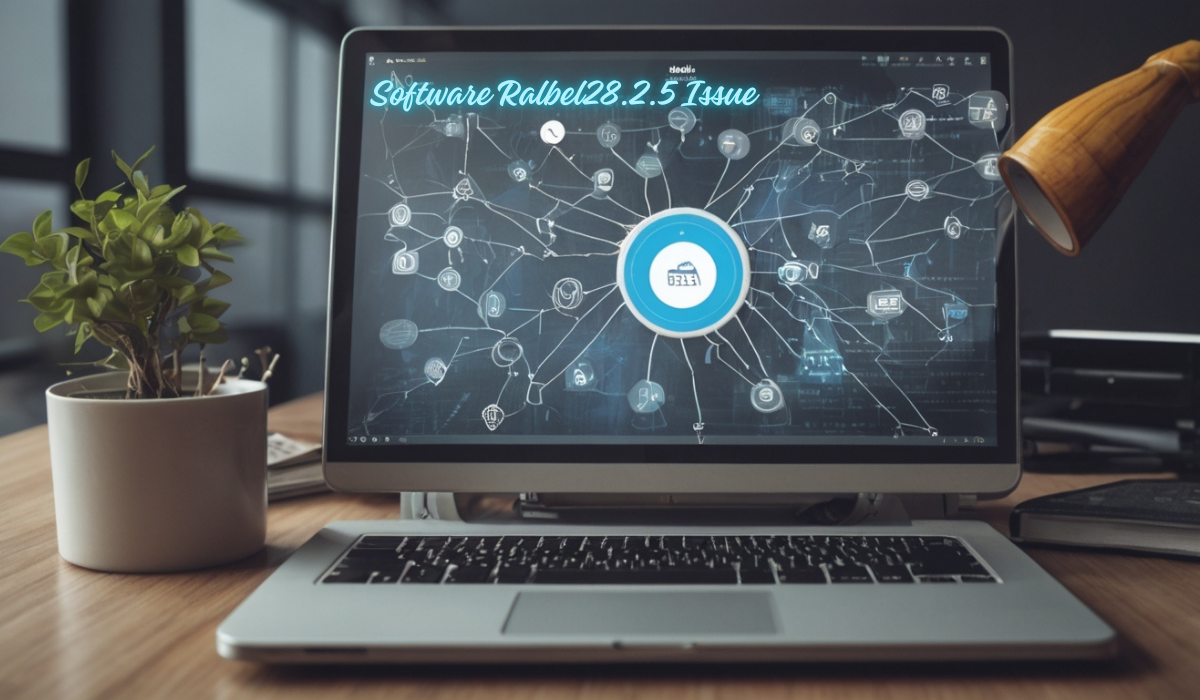The JKUHRL-5.4.2.5.1J Model: Forging the Future of Predictive Analytics
Introduction
Technological innovation has become the backbone of modern society, driving progress across industries and reshaping how we approach challenges. Enter the JKUHRL-5.4.2.5.1J model, a cutting-edge development at the intersection of quantum computing and machine learning. This groundbreaking creation promises to redefine predictive analytics and computational intelligence on a scale unimaginable just a few years ago.
But what sets the JKUHRL-5.4.2.5.1J model, apart from existing technologies? How does it function, and why is it such a monumental step forward? Here, we’ll explore this remarkable model’s genesis, architecture, and applications, unveiling its profound impact on technology and society.
Chapter 1: The Genesis of JKUHRL-5.4.2.5.1J
The story of the JKUHRL-5.4.2.5.1J model begins at the confluence of possibilities offered by machine learning and quantum computing. The relentless pursuit of solving nonlinear problems with unmatched precision led to this paradigm-shifting innovation.
Developed by a consortium of leading academic institutions and technology pioneers, the JKUHRL-5.4.2.5.1J was designed as a solution to the chaotic complexity of modern systems. Its primary aim is to bring unprecedented predictive accuracy to systems ranging from global markets to environmental monitoring.
Key Contributors to Innovation:
- Quantum Physicists focused on harnessing quantum mechanics to process intricate mathematical models.
- Data Scientists brought expertise in machine learning algorithms for increased efficacy.
- Software Engineers designed seamless infrastructures for real-time applications.
At its core, the JKUHRL-5.4.2.5.1J model is powered by a hybrid approach, marrying the foundational theories of classical computing with the unique potential of quantum mechanics. This combination allows it to predict patterns within chaotic systems, such as weather phenomena or financial markets, with precision that existing computers can only dream of achieving.
The Driving Vision:
- Tackling Complexity: Address nonlinear problem-solving in real-time.
- Enhancing Predictive Power: Leverage quantum computation to identify trends and anomalies faster.
- Revolutionizing Multiple Industries: Create scalability for healthcare, finance, and more.
The genesis of this model marks the beginning of a new era where advanced computation meets actionable solutions.
Chapter 2: Architectural Blueprint of the JKUHRL-5.4.2.5.1J
Behind the JKUHRL-5.4.2.5.1J’s prowess lies a masterfully designed architecture, a symphony of interconnected algorithms working in harmony to revolutionize understanding and prediction.
Core Features of the Architecture:
1. Layered Approach:
- Each algorithm layer has a distinct responsibility, such as input processing, anomaly detection, or result refinement.
2. Quantum Machine Learning Algorithms:
- These algorithms’ standout feature is that they allow the model to perform tasks like pattern recognition, anomaly detection, and predictive analytics far beyond the speeds of traditional models.
3. Scalable Quantum Nodes:
- A decentralized network of computational nodes ensures efficiency and rapid data processing.
4. Advanced-Data Fusion Mechanism:
- The architecture integrates inputs from multiple data streams, ensuring accuracy and robustness.
Highlights of the Model’s Capabilities:
- Pattern Recognition
Using quantum principles, the model analyzes datasets to define early-stage trends, helping businesses and industries make preemptive decisions.
- Anomaly Detection
Subtle irregularities, once indistinguishable in vast datasets, now stand out with the JKUHRL-5.4.2.5.1J’s precise algorithms.
- Predictive Insights
The model lays the groundwork for actionable predictions by analyzing historical and real-time data.
Together, these modules allow the JKUHRL-5.4.2.5.1J model to be a computational powerhouse capable of solving some of today’s most complex challenges.
Benefits of Advanced Architecture:
- Faster data processing times compared to traditional systems.
- Increased predictive accuracy due to hybrid computing.
- Scalable design capable of adapting to a variety of industries.
This architectural brilliance positions the model as a tool for today and the next frontier of innovation.
Chapter 3: Applications and Impact
The versatility of the JKUHRL-5.4.2.5.1J model is reflected in its wide-ranging applications across critical industries. Below, we explore its footprint across domains.
A. Healthcare
The healthcare sector has already embraced AI-driven systems, from predicting global pandemics to personalizing patient care. The JKUHRL-5.4.2.5.1J model takes this a step further:
- Disease Outbreak Predictions
Analyzing massive healthcare data, this model forecasts trends in disease outbreaks, enabling preventative strategies.
- Simulated Treatments
Generates potential scenarios to test the efficacy of treatments on patient populations.
B. Finance
Finance runs on data, and predictive accuracy can mean the difference between profit and loss.
- Algorithmic Trading
The model recommends trades based on real-time market conditions, refining strategies at exceptionally high speeds.
- Risk Analysis
Identifies early warning signs of economic volatility, safeguarding businesses from catastrophic losses.
C. Environment & Climate
The model’s precision serves as an incredible tool for understanding environmental changes.
- Weather Predictions
Tracks meteorological patterns and offers longer-term projections more accurately.
- Sustainable Resource Management
Fosters efficient water and energy distribution systems.
D. Next-Generation Technology
The model processes data pulled directly from cutting-edge quantum sensors, laying the groundwork for applications like smart cities and autonomous transportation.
Broader Impact:
- Redefines AI’s role in data-driven decision-making.
- Unlocks opportunities for non-traditional innovators within global industries.
- Accelerates industries’ adaptability in an era where data governs competitive advantage.
By bridging machine learning and quantum mechanics, the JKUHRL-5.4.2.5.1J model equips organizations with unparalleled tools to thrive.
The Road Ahead with JKUHRL-5.4.2.5.1J
The JKUHRL-5.4.2.5.1J has secured its place as a catalyst for technological advancement, but the future of this model remains limitless. Imagine how these innovations can scale even further as industries perfect the art of seamless quantum computing integration.
Leaders exploring its potential are already reshaping entire industries, and you could be next.
Actionable Step: Stay ahead of the curve by understanding how JKUHRL-5.4.2.5.1J technology aligns with your operational challenges. Its impact is no longer “if” but “when.”
Frequently Asked Questions jkuhrl-5.4.2.5.1j model
Q1. What is the JKUHRL-5.4.2.5.1J model?
A. It’s a revolutionary hybrid model blending quantum computing and machine learning principles to solve complex systems with unparalleled accuracy and speed.
Q2. Which industries can use this model?
A. Applications span healthcare, finance, environmental research, and future technologies like smart cities and autonomous systems.
Q3. How does the model handle data?
A. It uses high-performance algorithms with quantum-driven capabilities to process datasets efficiently while delivering precise insights.
Q4. What makes it unique?
A. The JKUHRL-5.4.2.5.1J model integrates quantum mechanics with classical computing, providing a competitive edge by excelling in predictive analytics tasks.
Q5. Is it scalable?
A. Yes, the model’s decentralized design ensures adaptability across various types of organizations, regardless of data size or complexity.




Post Comment